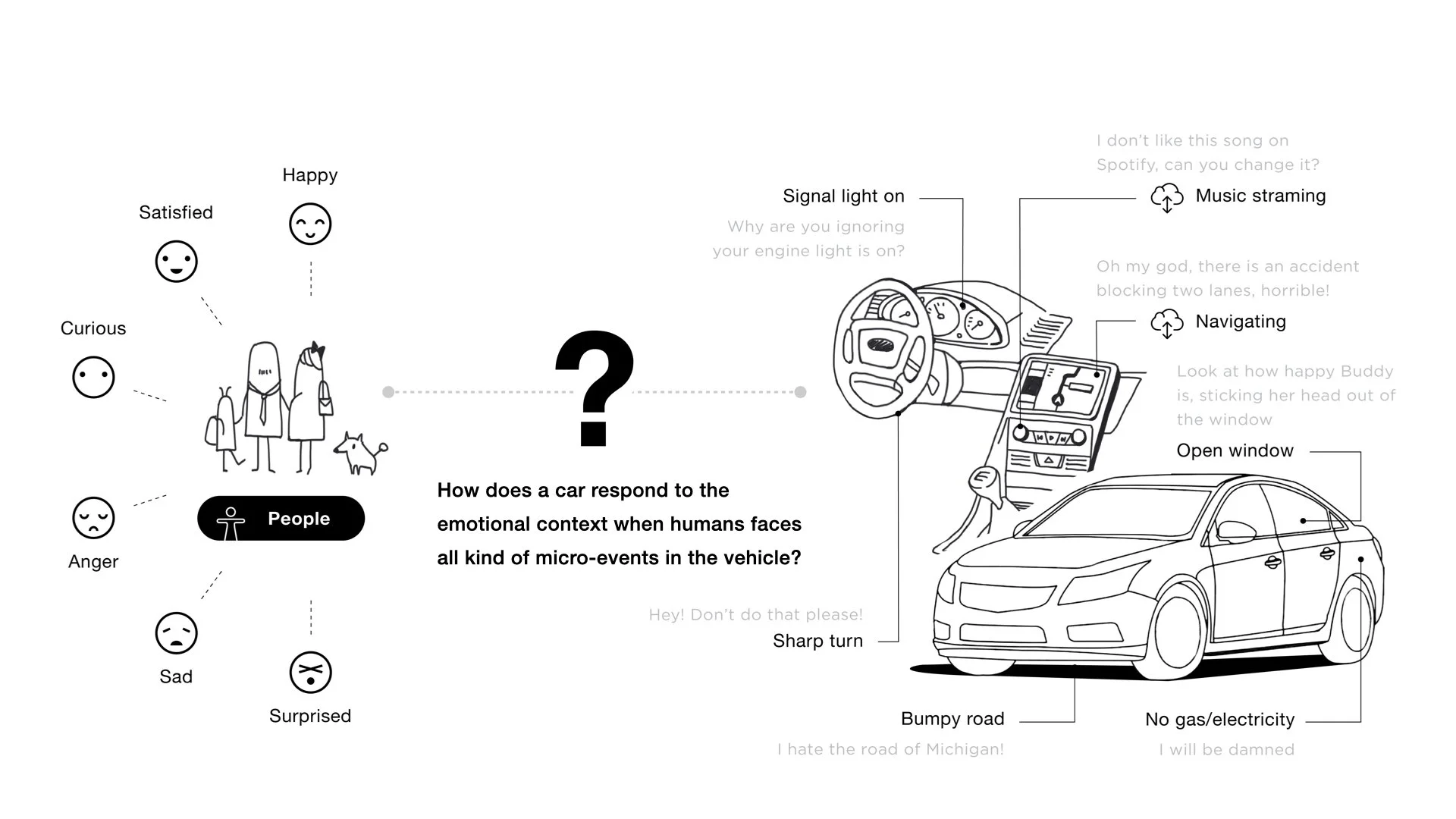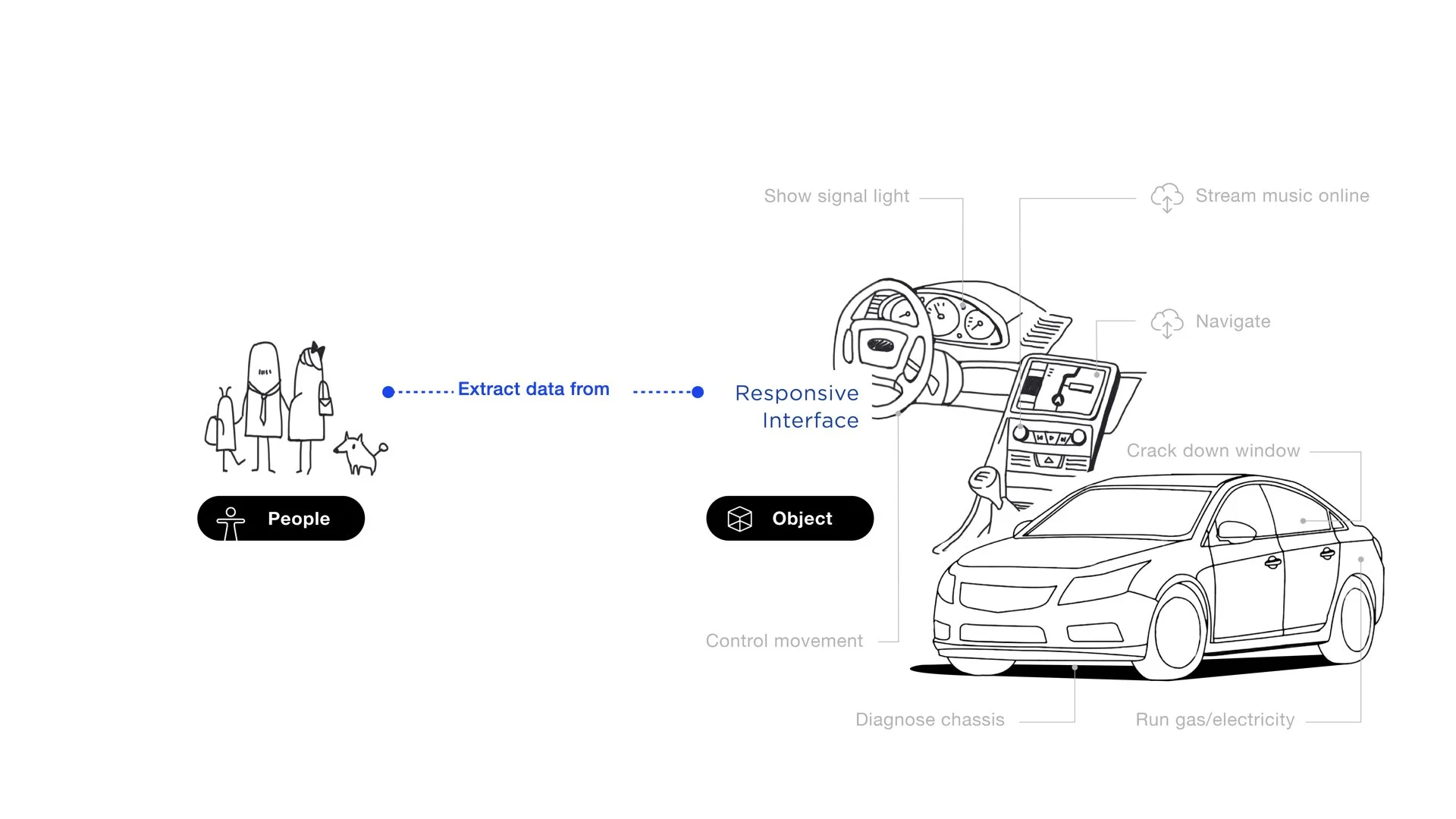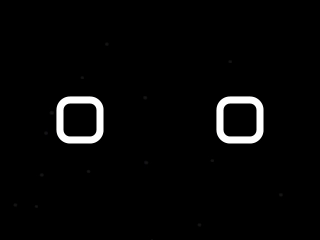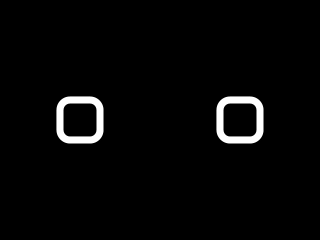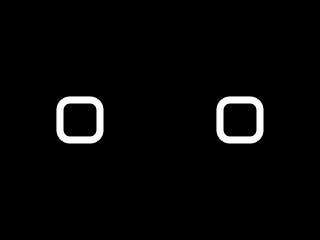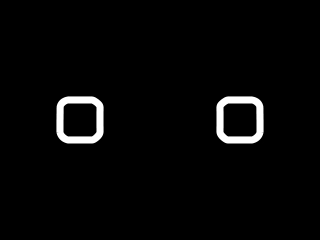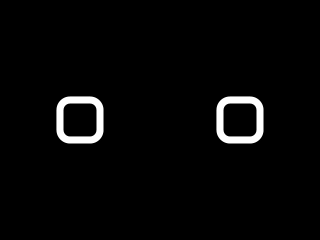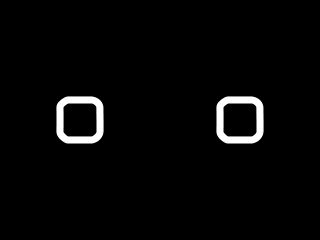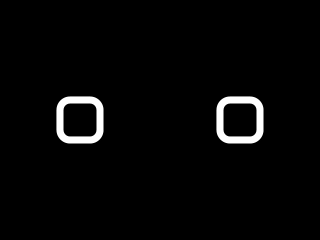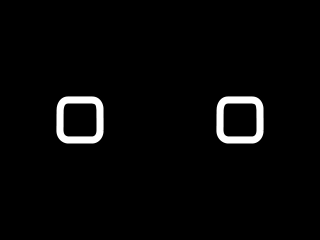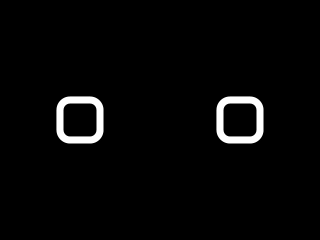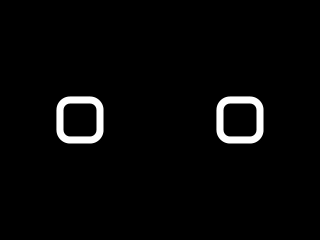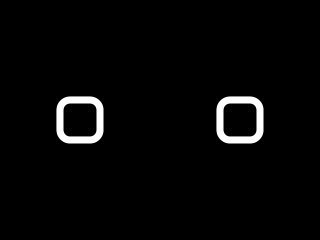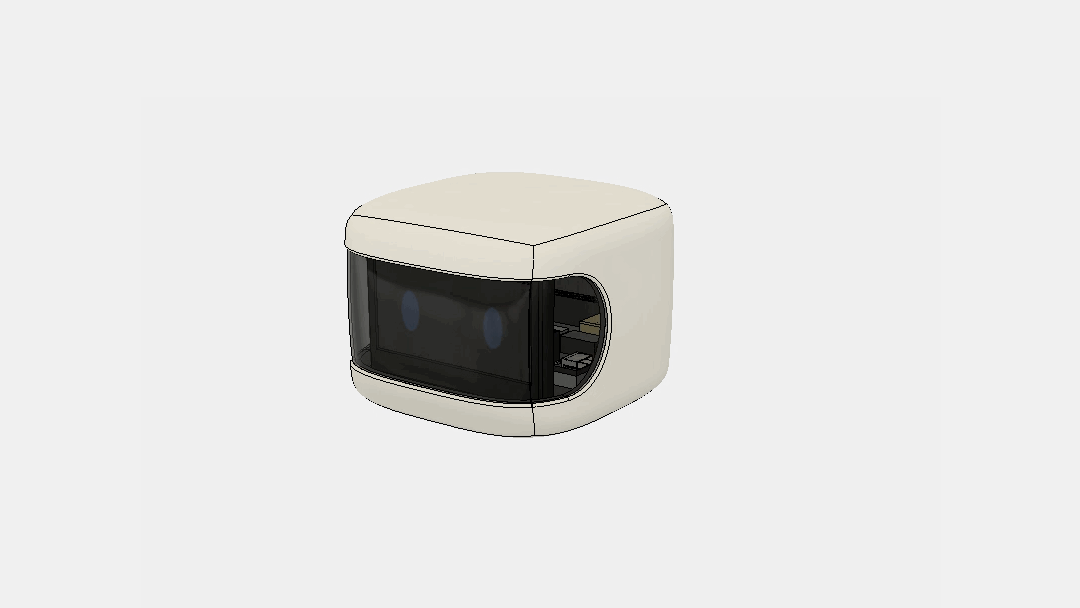Dash
Emotive interface of our relationship with connected car
Emotive interface and emotional companion for a connected vehicle experience
The communication channel between car and driver/passengers is limited to the responsive interface, instrument cluster or infotainment system interface focused on command/control and notifications.
Connected vehicle is more than a tool for getting us from A to B. Especially as vehicle gains ability to perform certain functions autonomously we realize that with all new capabilities and given that we spent a lot of time together, vehicles become an active participant of shared experience and sometimes even something akin to a companion.
Yet with command/control interfaces with vehicle as a utilitarian tool, we don’t have a more interpretative and emotive interface reflecting our evolving relationship with a vehicle as an active participant of shared experience.
“Dash” is an emotive interface of connected vehicles, demonstrating non-task centric intelligence of our cars.
This small, physical computing object connected to signals of connected vehicle, uses evocative power of eye communication, to offer emotional commentary and perceptive companionship for the driver and passengers of connected vehicle.
Dash uses specially designed visual vocabulary of digital eye expressions as a means of communication and empathetic commentary on various micro-events that driver and connected vehicles participate together.
Sleep
Raining I
Raining II
Acceleration
Wake_up
Sneezing
Turning II
Seat_belt
Reverse_ driving
Stuck_in_traffic II
Speed_bump
Stop_start
Breaking I
Breaking II
Stuck_in_traffic I
Turning I
Dash is not a digital assistant and doesn’t perform any utilitarian tasks. It uses only non-verbal communication in a form of its digital eye movement and expressions to empathetically and without words comment on everyday shared experiences in a car, such as rapid acceleration, weather conditions, windshield wipers movements, being stuck in traffic, cornering or even occasional potholes.
These visual empathetic commentaries are triggered and dynamically synchronized with telemetric data from connected vehicle and external API such as weather or traffic data.
Even though closely synchronized to actual signals and “events”, “Dash’s” emotive eye expressions are ultimately left to human interpretations.
Current interfaces of connected car are mainly sophisticated digital interfaces turning instrument cluster into a giant touch screen, heads up displays or voice-activated digital assistants. At their essence, all these interfaces focus on command/control and represent a tool-like relationship with vehicle.
Dash is not a way to control or command the vehicle. Dash with its emotive and nonverbal interface of “digital eye expressions” is an interpretative and emotional interface of our evolving relationship with connected vehicles that are becoming more than tools to get us from A to B.



